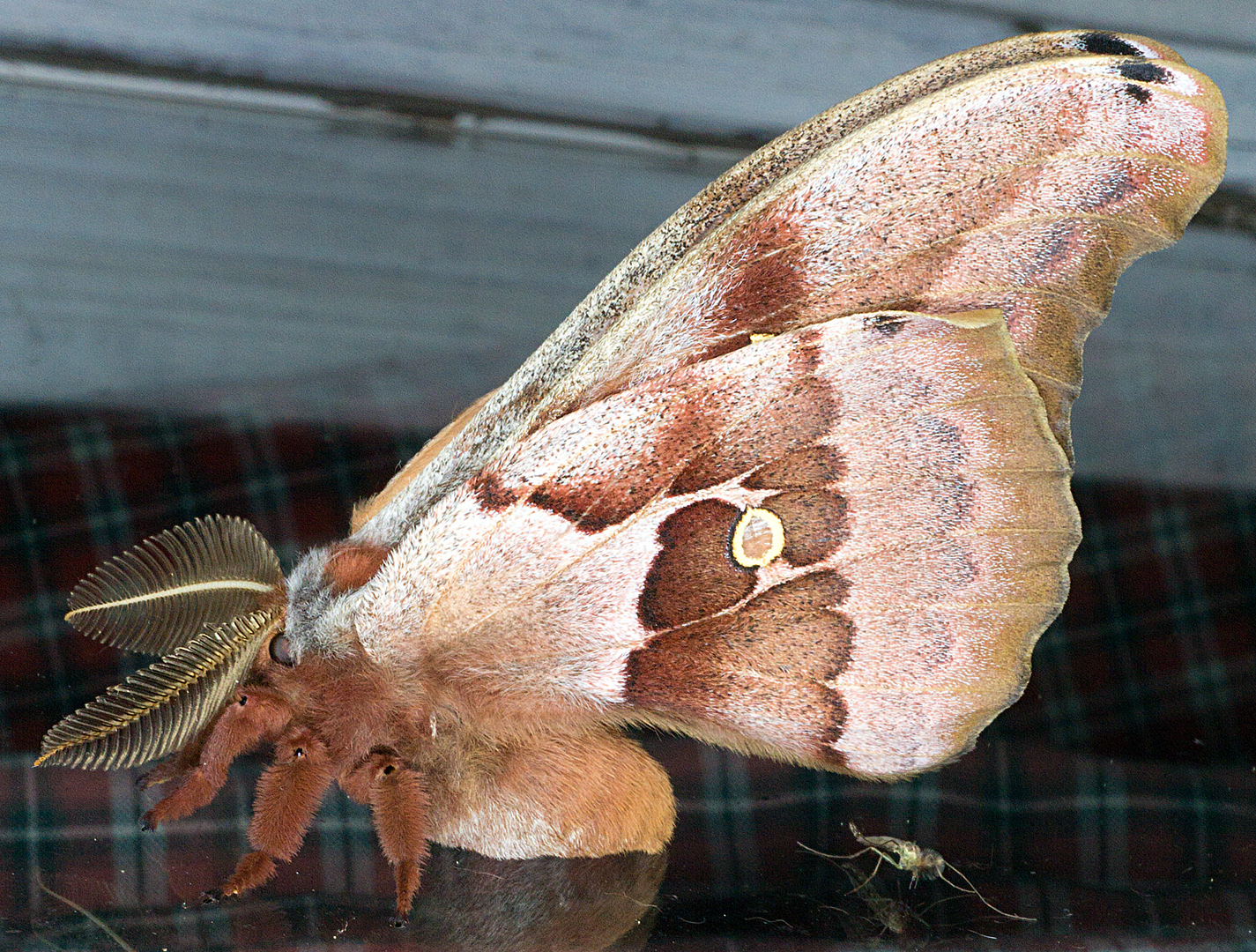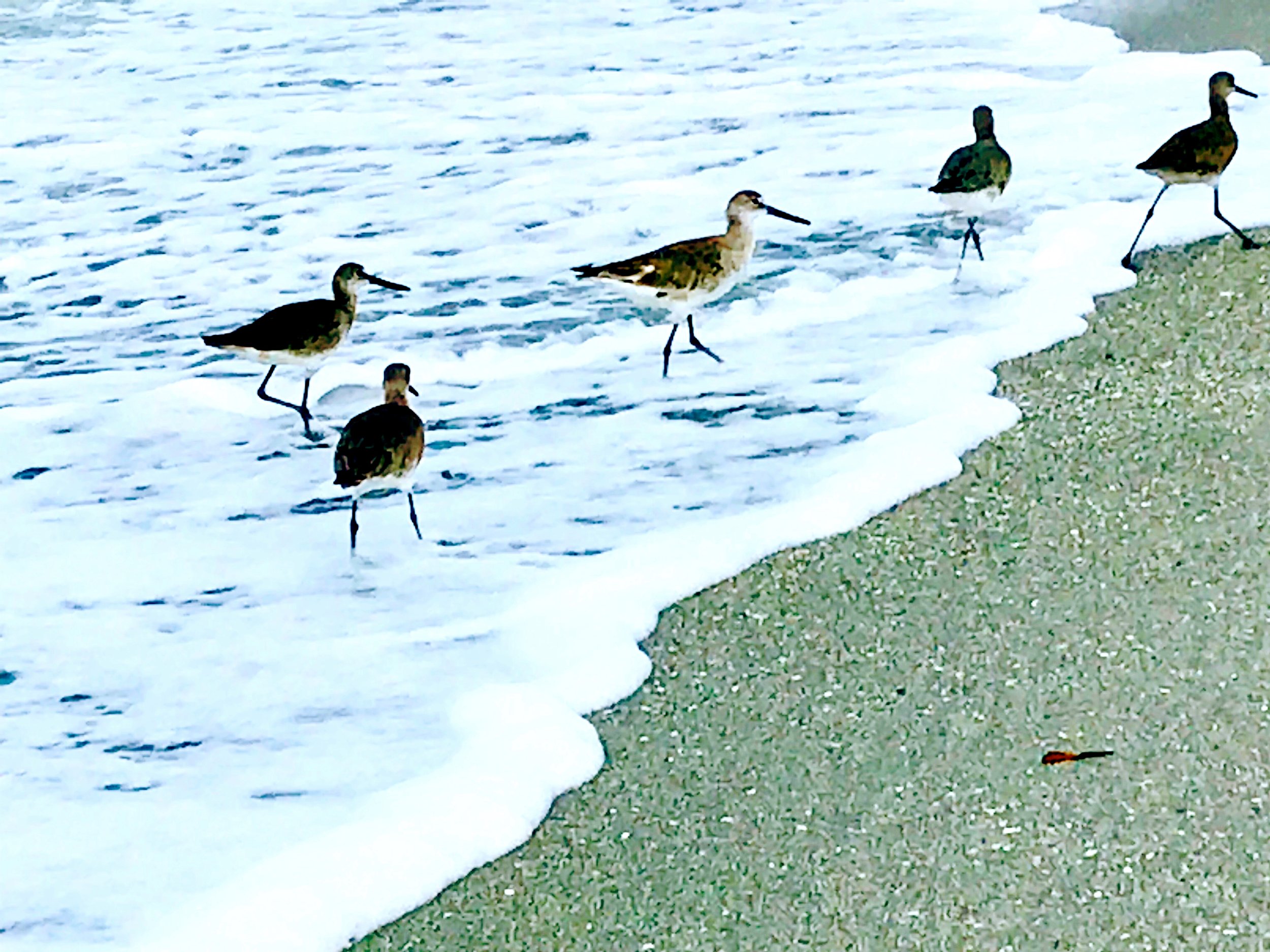#NewThisDay Writing From My Photo Stream
Polyphemus Moth (?)
Sometimes I hesitate to post picture of insects - they freak some people out. But this one’s a beauty, I can’t resist. I found her washed up on the sand this morning. What spectacular wings! It’s as if they’re sugared with sand. I’m sorry I have not been able to identify and learn her name. Okay, perhaps it’s not a she, but I have no way of telling and I imagine it’s a she. I walked later than usual. I woke very early but wanted to spend time finishing up reading the writing from my How Pictures Heal course which officially ends tomorrow, and I will miss it. What a successful course it has been; very satisfying to teach. I almost forgot my blog tonight, which I rarely do, but I spent the day writing my monthly newsletter and sent it out just before this; so it has been a full day. In the late afternoon we explored the Marina on Bayshore Drive in Sarasota and sat in the sun overlooking the water and boats having an early dinner. We have been here a month; one more to go. My youngest called me from the icy woods, walking the dogs in the late afternoon, meeting an owl in my absence.
ADDENDUM: [March 1, 2019] I woke to a comment on my Instagram feed from a follower who went to great efforts on her own to help me identify my "insect.” Here’s what she found:
saramarietaylor7 I spent about an hour looking for this and can say with some trepidation it's a polyphemus.
Antheraea polyphemus, the Polyphemus moth, is a North American member of the family Saturniidae, the giant silk moths.[1] It is a tan-colored moth, with an average wingspan of 15 cm (6 in). The most notable feature of the moth is its large, purplish eyespots on its two hindwings. The eyespots give it its name – from the Greek myth of the cyclops Polyphemus. The species was first described by Pieter Cramer in 1776. The species is widespread in continental North America, with local populations found throughout subarctic Canada and the United States. The caterpillar can eat 86,000 times its weight at emergence in a little less than two months. [Wikipedia]





